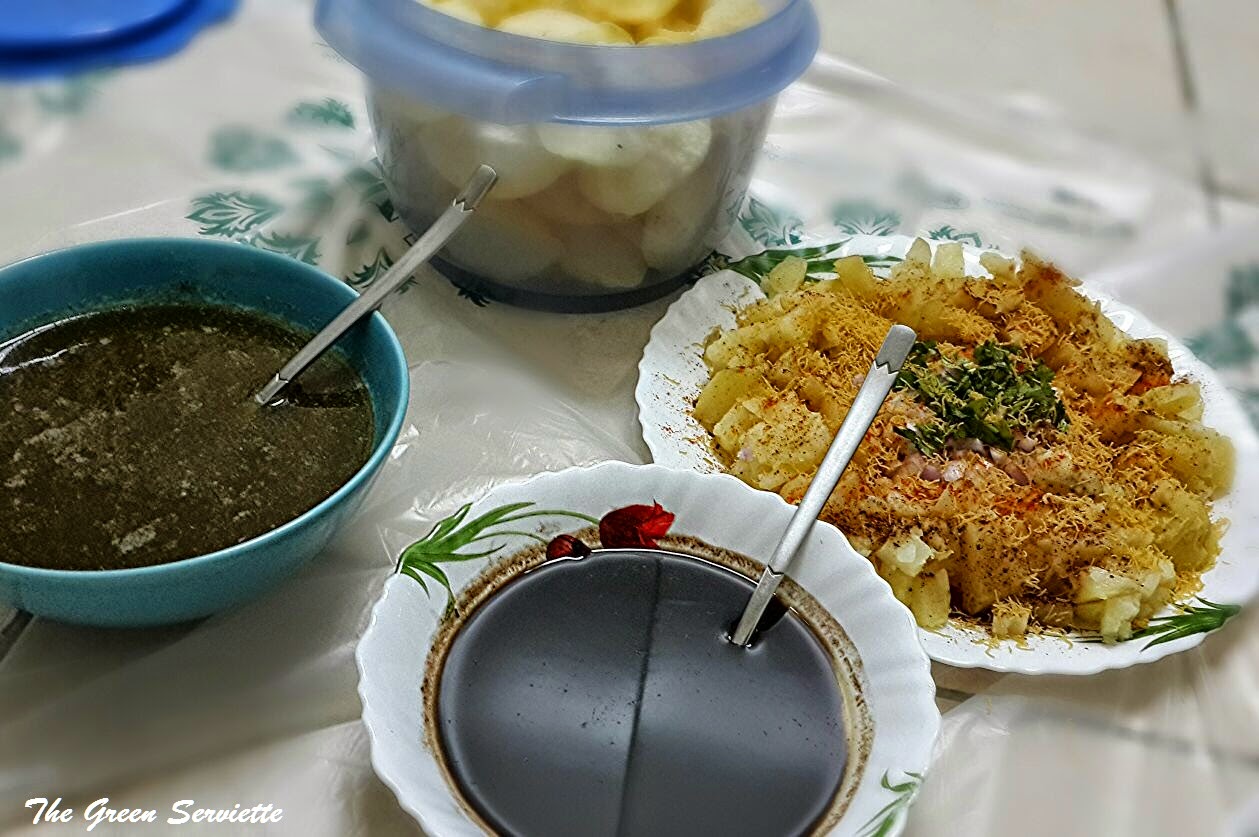Hepatitis is a disease of the
liver. It is a condition in which inflammation of liver occurs, resulting in
damage of the liver cells. Hepatitis can be acute or chronic and caused due to
different strains of viruses such as A, B, C, D and E.
Hepatitis A is an infectious disease
caused by hepatitis A Virus (HAV). It is common among children and young
adults. It is caused due to contaminated water, food and sewage and transmitted
by fecal-oral route.
Hepatitis B and C are caused by
HBV and HCV. It is severe and prolonged in nature and can be fatal. It is transmitted
by blood transfusion, improperly sterilized medical instruments, dental drills,
skin puncturing instruments in contact with blood, sexual contact and saliva.
Hepatitis D is caused by HDV, co-infection
with HBV or superinfection using HBV carrier.
Hepatitis E is caused by HEV and
transmitted by oral fecal route. It is seen in unsanitary crowded areas.
The symptoms of Hepatitis are
generally itchy skin, fatigue and fever, lack of appetite, nausea and vomiting,
weight loss, jaundice, enlarged liver and spleen, mood swings, pain in the
joints of the body, autoimmune problems and associated with high risk of cancer.
Various other causes of Hepatitis
are Viral and Non-viral infections, use of certain drugs, alcohol consumption,
poisons, autoimmune disease, metabolic disorders and biliary obstruction.
The goals of dietary management
are to maintain optimal nutritional status, regenerate liver tissue and prevent
further liver damage, prevent breakdown of body protein tissue, promote
positive nitrogen and energy balance, replenish the depleted reserves, prevent
symptoms of encephalopathy and to prevent the relapse and promote recovery.
A high protein, high
carbohydrate, moderate fat intake diet is recommended. Following is the
recommended nutrient intake for the management of hepatitis:
|
Nutrients
|
Note
|
|
Energy, Kilocalories (KCal)
|
Energy
requirements are increased by 15-30%.
3000
KCal and above is recommended (35-40 Kcal/kg of IBW) to ensure weight gain
and replenishment of glycogen reserves during convalescence phase.
|
|
Carbohydrates(g)
|
They
should provide 60% of total calories. 300-400g of carbohydrates is
recommended. It should be available for protein sparing action. It should improve
glycogen stores. Dietary fiber should be reduced or should be given in soft
cooked form.
|
|
Protein(g)
|
Protein
intake is increased by 50% - 100% in mild and moderate cases, decreased in
impending cirrhosis (1g/kg IBW).
1.5-2g per kg IBW is recommended.
High
protein supplement beverages are recommended in between meals.
It
helps to prevent negative nitrogen balance and hypoproteinemia (low protein
levels in blood).
It
prevents tissue degeneration and fatty infiltration of cells.
|
|
Fat (g)
|
Moderate
fats (20%) are recommended. Medium chain triglycerides are preferred as they
are easily digestible and assimilated. E.g. Dairy fat, cream, butter, coconut
oil etc.
|
|
Vitamins and minerals
|
Vitamin
B and C, folic acid, calcium, magnesium and zinc, Sodium restriction. B-carotene
rich foods should be included. Include fresh fruits and vegetables in soft
cooked form like mashed pureed vegetables, vegetable soups, fruit juices,
fruit jellies, jams, milk shakes, stewed fruits etc.
|
|
Fluids
|
They
are increased in diarrhoea- clear and full fluids
Clear
fluids- coconut water, tea/coffee (without milk), barley water, strained
vegetable/pulse/meat soup, strained juices, strained carrot juices/rice kanji
water, etc.
Full
fluids- Milk based beverages such as tea, coffee, milk shake, souffle, baked
custard, soup, juice, egg nog, fruit jellies etc.
|
A high energy, high protein diet
is recommended for patients with mild to moderate hepatitis. If vomiting and
diarrhoea is severe, a full fluid or a semi solid soft diet is seen. Small,
frequent, easy to digest, bland meals should be served. The meals should look attractive;
provide variety in colour, texture, taste, flavour and mouth feel. Moist
methods of cooking such as boiling, pressure cooking and steaming are preferred.
Post by Faiz Lahori





































